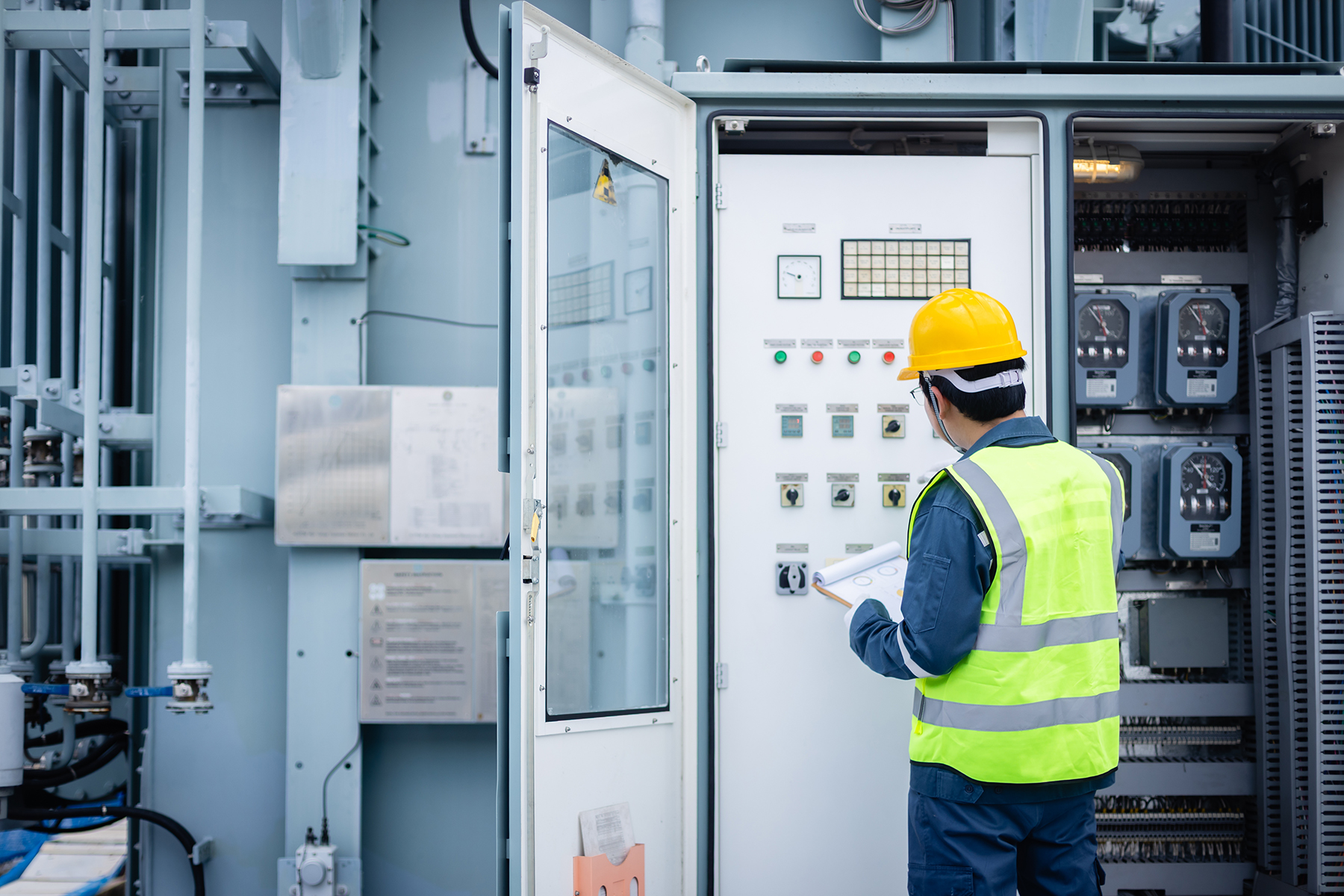
The biggest shifts in manufacturing don’t happen overnight. They happen in the plant, one decision at a time. A new line here, a retrofit there, an expansion to meet rising demand.
But collectively, these small moves point to a larger reality: industrial contracting and operations are adapting to shifting market demands that can’t be ignored. Three of the biggest today are automation, sustainability, and supply chain resilience.
The question isn’t whether to adapt. It’s how fast you can.
Preparing Facilities for the Demands of Automation
You’ve undoubtedly heard that automation is changing how entire plants operate. As production becomes more dependent on data and automation, a facility’s infrastructure becomes a significant factor in performance and uptime.
Forward-looking manufacturers are building flexibility into their operations to accommodate these changes. Some examples include:
- Investing in electrical upgrades that can handle future automation.
- Designing layouts for modular production.
- Adopting control systems that can integrate with evolving technology.
Automation is here to stay. The facilities we build today need to anticipate the equipment of tomorrow.
Turning Sustainability into a Competitive Advantage
Five years ago, sustainability was mostly about optics. Today, it’s about business outcomes. Energy use, emissions and waste reduction now have a measurable impact on profitability and customer retention.
For manufacturers, that often means rethinking core facility systems that waste energy, such as outdated HVAC units, inefficient lighting or compressed air and water systems that consume too much power.
Even small changes like upgrading to variable-speed drives, installing energy-efficient motors, improving insulation or optimizing heat recovery can deliver ROI while supporting ESG commitments.
Manufacturers that treat sustainability as an operational strategy rather than a PR effort are finding it pays dividends in both performance and reputation.
Flexible Facilities for Supply Chain Resilience
Recent disruptions like global shipping delays and material shortages have shown how vulnerable supply chains can be. Many manufacturers are responding by reshoring production or expanding domestic capacity to stay closer to their customers and reduce risk.
But bringing production home isn’t as simple as moving equipment. Manufacturers expanding capacity or adding new product lines may need to upgrade utilities, strengthen foundations and reconfigure layouts to handle new processes and higher output.
In many cases, flexibility means designing spaces and systems that can be modified quickly, such as:
- Modular work cells that can be rearranged to support new product lines or processes.
- Mobile equipment that can be moved or repurposed as production needs change.
- Adaptable electrical and mechanical systems designed to handle future expansions or automation upgrades.
- Expandable utilities and foundations that make it easier to add capacity without major downtime.
Manufacturers that invest in flexible infrastructure are better equipped to handle supply chain shifts and stay competitive as market conditions change.
Agility Is the Name of the Game
There’s a common thread among responding to all three of these shifts: agility. The ability to modify operations quickly is now one of the strongest predictors of long-term success.
That kind of agility comes from strategic facility planning. This includes understanding how electrical systems, foundations and mechanical infrastructure interact and anticipating what will be required next year.
The most successful manufacturers aren’t waiting for the market to stabilize, they’re incorporating adaptability into every part of their operations. They know that being prepared to pivot isn’t a cost – it’s a capability.
At Lee Industrial Contracting, we’ve seen firsthand how operational foresight transforms the way manufacturers grow and compete. As a self-performing industrial contractor, we help companies build the infrastructure that keeps pace with changing market demands.
Need help updating your infrastructure to stay agile? Contact us for a facility assessment.


